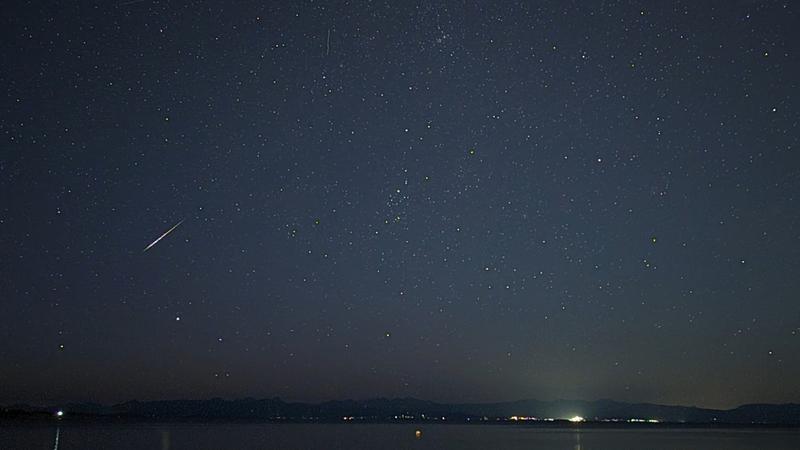
Annual Perseids meteor shower due across mid-Island night sky
NANAIMO — One of the most consistently impressive shows in the night sky is approaching its annual peak.
The Perseids meteor shower will hit peak overnight on Monday, Aug. 12 into Tuesday, Aug.13, however conditions over the weekend should provide excellent viewing potential from the Nanaimo and Oceanside regions.
Dr. Gregory Arkos, an astronomy professor with Vancouver Island University, told NanaimoNewsNOW the show usually produces anywhere between one or two flashes per minute as tiny pea-sized bits of ice and debris collide with Earth.
“We run into this debris field at high speed, our atmosphere, of course, has a lot of friction with these particles…they become red hot, and in some cases, larger pieces will actually look like little fireballs, but they’re really tiny fragments in just a high speed releases a lot of energy when they get our atmosphere.”



